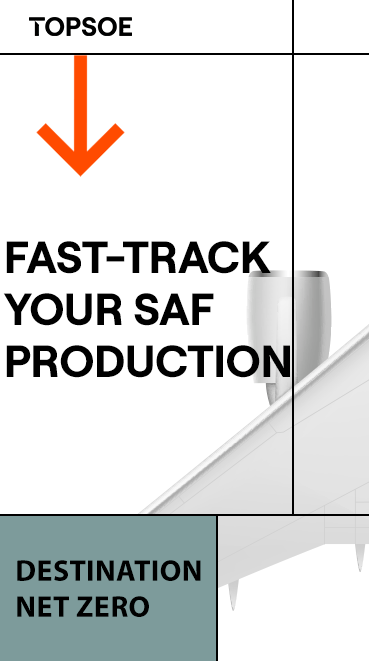German soybean harvest down from previous year

Germany’s 2024 soybean harvest will likely fall short of the previous year’s output due to a significant reduction in area planted, the German association UFOP stated Oct. 2.
The decline, however, will be partially offset by increases in yield.
According to Agrarmarkt Informations-Gesellschaft (mbH), soybean farming did not play an appreciable role in Germany until 2015.
Since then, the area has grown continually and significantly.
In 2024, however, it has been reduced almost 10 percent to 40,600 hectares, or just over 100,000 acres.
According to preliminary information by the German Federal Statistical Office, 124,500 metric tons of soybeans were expected to be harvested from the reduced area, around 4,500 tons less than the previous year.
Consequently, yields are likely to exceed the previous year’s level.
Soybean yields will presumably reach on average 3.07 tons per hectare, representing a just under 7 percent rise compared to the previous year.
Only Thuringia is expected to experience lower yields.
Bavaria and Baden-Wuerttemberg are anticipated to remain the most important production regions.
UFOP has underlined the remarkable substitution potential of German or EU-grown soybeans, given Germany’s immense demand for imports.
In 2023, soybean imports reached 3.4 million tons, of which approximately 2.7 million tons came from the U.S.
The strong demand for higher-protein feedstuff opens up opportunities for sales and increases in area under cultivation of locally grown soybeans and grain legumes, as well as rapeseed meal from rapeseed processing.
UFOP said from its perspective, legumes are crucial crops in resilient crop rotations geared to climate-change mitigation and “should play a key role in the future design of the Common Agricultural Policy when it comes to justifying transfer payments by societal benefits.”






















-RKstandin.jpg)
_gif.gif)




